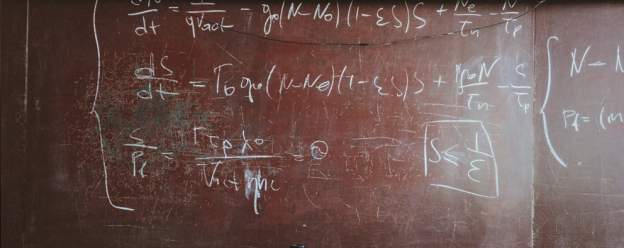Important Links
About


It’s important for those with the power of imparting knowledge to be responsible about how they perceive that information. In historian and philosopher Voltaire’s words we can sum that up as, “With great power comes great responsibility.”
As a teacher, I have realised that it’s imperative for a teacher to gauge their student – to understand their personalities, their ability to perceive, their inhibitions; a teacher must be an observer. Only once the teacher perceives their student, can they create a conducive learning atmosphere. For example, teaching method acting to students who are shy can be quite a challenge – it is possible that while an exercise requires the student to impersonate someone (or something – it’s dramatics!), it could come off as an attempt to challenge the student and his skills in front of his peers. He withdraws into his shell. While you thought getting him to speak in public would slowly make him confident, you have pushed him further deep into the rabbit hole. What he needs is attention, and what he’s getting is threats to his personality.
This brings us to the fact that students below the age of 17 are very impressionable, and have very strong views that a teacher is also responsible in moulding. Students in school are also easily and constantly affected by their social circle, and their mannerisms often reflect the same. All these traits influence their ability to grasp and learn – and it’s rather tricky for a teacher to analyse these traits and put forward the ideal solution for each student.
Taking from this, we must understand that each student has a unique perception, and is a unique permutation and combination of different traits. Thus, standardisation in teaching methods is necessary – because it is not humanly possible for a teacher to hold a class for fifteen students, and attend to each one’s needs individually. However, approaching a solution to a problem put forward by a student must be done taking into account the student’s perception of the problem. I thus find it easy to get into the student’s shoes, and try as hard as I can to empathize and provide a rational solution that will be perceived in the most ideal manner by my student.
Right from the moment a child enters Vidya Mandir, and till he leaves those gates, I make sure I know him/her really well. I do not believe in a factory process; I want to invest my time and energy into each and every individual who enters the sacred gates of Vidya Mandir.
Over the years, I have realised that every child has a different capacity to learn – while some may be fast learners, others may be slower or more passive; some students appear more curious while others seem silent, but attentive and aware. At no point do I want to impart education in a manner that only applies to the strain memory of the student. Thus, a creative solution to each problem becomes important. It is important to balance a predefined norm or technique with a unique and personalised method of teaching.
I conclude with the thought that teachers are the foremost opinion holders in a child’s mind – opinions and learnings that find them in their most vulnerable stage and will stay reappear, challenge them, or remind them at later stages in their lives.